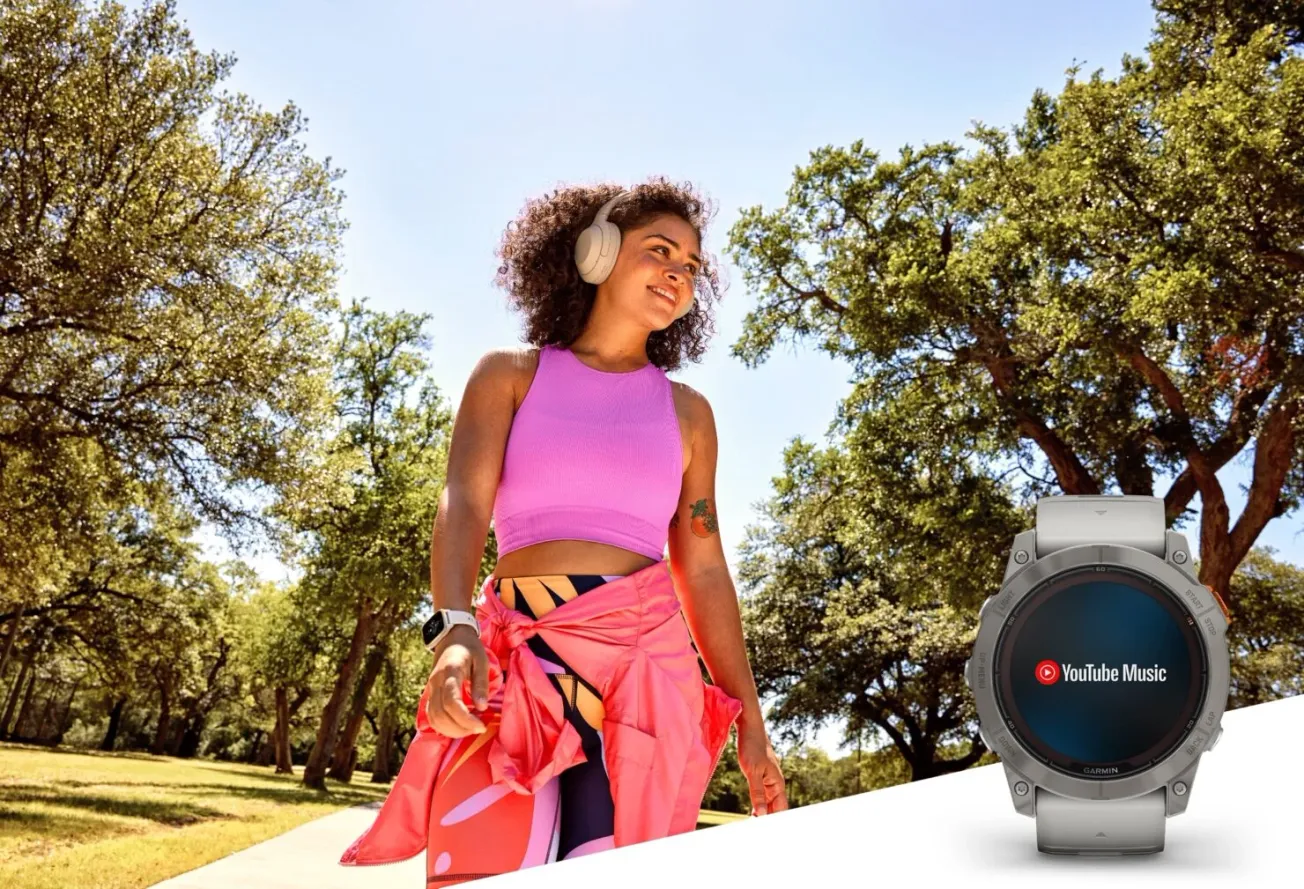Table of Contents
In the thriving digital age, where fitness enthusiasts worldwide use technology to track and share their athletic achievements, the popular fitness app Strava stands out. It has transformed the way millions of runners, cyclists, and adventurers log their workouts, set goals, and engage with a global community. However, beneath the surface of personal bests and KOMs (King of the Mountain titles), lies a darker, murkier world of Strava cheats.
Strava, with its robust GPS tracking and community engagement features, has become a competitive playground where users vie for top spots on leaderboards. This competitive edge has unfortunately led to a subset of users manipulating their data to gain unwarranted recognition and accolades. These actions undermine the integrity of the platform and the spirit of genuine athletic accomplishment.
The Cheating Techniques
Strava cheating takes various forms, each method leveraging technology or exploiting system loopholes. Here are some common tactics used by these digital cheats:
- GPS Manipulation: By tampering with the GPS data, some users create artificial routes that display impossible speeds and distances. This can be done through software that edits GPX files or apps that fake GPS signals.
- Vehicle Assistance: A more straightforward but equally deceitful method is performing a cycling activity while actually driving a car or motorbike. This tactic inflates the user’s speed and distance metrics, placing them unfairly at the top of leaderboards.
- Data Editing Software: There are several software tools available that allow users to modify their workout data post-activity. This includes changing time, distance, and elevation data to fabricate superior performance metrics.
- Segment Shortcuts: Strava segments, specific portions of routes where users compete for the fastest times, can be gamed by cutting corners or taking alternative routes that aren't part of the official segment, thus recording a faster time without the actual effort.
The Motivation Behind Cheating
Understanding why individuals cheat on Strava requires delving into the psychology of competition and social validation. For some, it’s about the ego boost from seeing their name atop a leaderboard. For others, it’s the allure of social media clout, as high performance metrics can garner likes, comments, and followers. In certain cases, there might even be tangible rewards, such as prize money from virtual races or brand sponsorships.
The Impact on the Community
The repercussions of Strava cheating ripple through the community, affecting genuine athletes and enthusiasts. Honest users find their hard-earned achievements overshadowed by fabricated performances. This not only demoralizes true competitors but also erodes trust in the platform’s integrity. The sense of community and mutual encouragement that Strava aims to foster is compromised, leading to frustration and disillusionment.
Strava’s Response
Strava has not turned a blind eye to these issues. The company continuously enhances its algorithms to detect suspicious activities, such as unrealistic speeds or implausible routes. Users can flag questionable activities, which are then reviewed by Strava’s moderation team. Additionally, Strava encourages transparency by promoting the use of verified devices and the sharing of detailed activity data.
In an official statement, Strava emphasized its commitment to maintaining a fair and motivating environment for all users: "We are dedicated to ensuring the authenticity of achievements on our platform. Cheating not only undermines the efforts of true athletes but also goes against the core values of our community. We will continue to invest in tools and technologies to combat dishonest behavior."
Conclusion
The murky world of Strava cheats is a reminder of the challenges faced by digital platforms in preserving integrity and authenticity. While technology has provided incredible tools for tracking and improving athletic performance, it has also opened avenues for manipulation and deceit. As Strava continues to evolve, its success will depend on maintaining a balance between innovation and the preservation of fair play, ensuring that genuine athletes can celebrate their achievements without the shadow of fraudulent competition.
As the fitness community navigates these challenges, one thing remains clear: the true spirit of sport is not measured by digital accolades but by personal growth, perseverance, and the honest pursuit of excellence.





